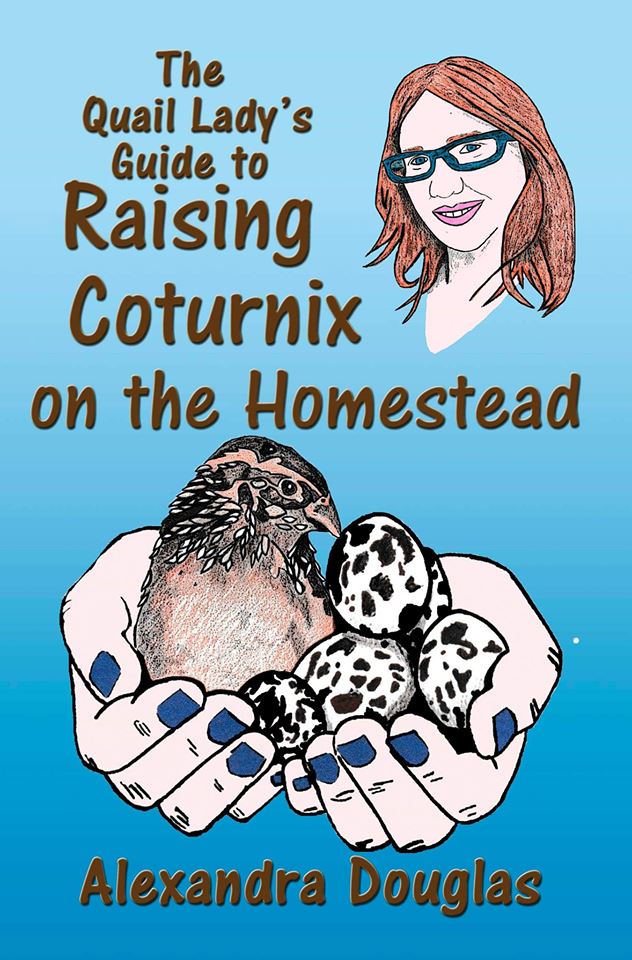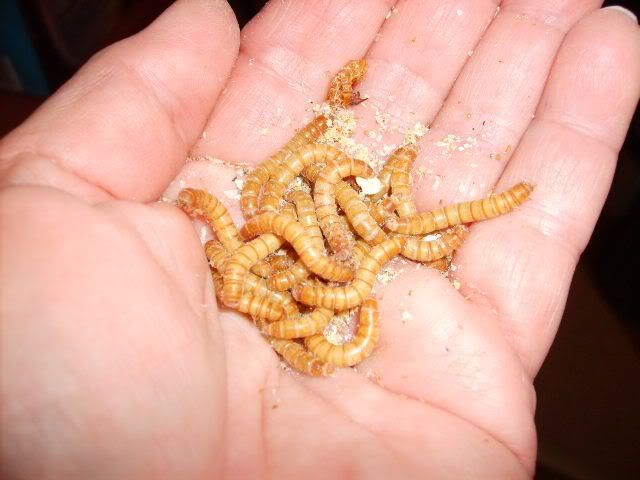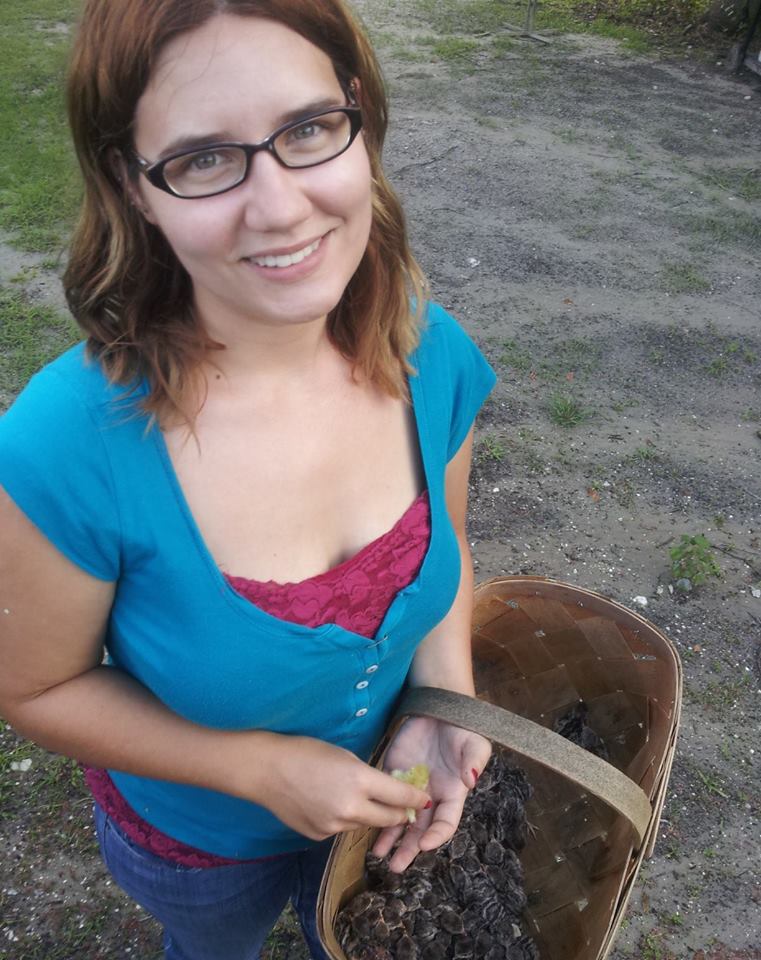
Finding a good breeding stock can be a problem as quail are found in many areas and there really is no “quail blood lines” unless breeders have a proper program. The best advice I have is to seek a breeder who has tested their birds against diseases and that has knowledge about the breed. This is also with hatching eggs. Quality eggs come from quality birds, therefore ask the breeder questions.”It is YOUR responsibility to breed on forward, selectively breed, and make your own program or work with the breeder on improving a line;
It is the breeder’s RESPONSIBILITY to provide you with the stock you desire and the genetic make up to improve.” (Coturnix Revolution). People seem reluctant to invest time and money in the search for good stock but buying a good breeding stock is not a normal casual purchase. Starting with a good stock is the most important single factor in the success of any quail enterprise.With any of the color varieties, one should pick up a plump, round, and fully feathered quail. The keel should not be felt right off the bat. The keel is the extension of the sternum (breastbone) which sticks out. However, if there is fat to insulate the bird, one should not feel the keel right away unless there is poking and prodding involved. If the bird is very skinny and the keel can be visibly seen, the bird is most likely sick, which in turn, is not desirable to start a flock with. Check the feathers and make sure there is no sign of mites or lice. When looking into the eyes, they should be clear. The bird should be alert as well. There should not be any discharge coming from the nostrils. The beak should not be crossed, but even top and bottom. Make sure the feet are of good quality. If the feet are puffy, swollen, or red, the bird may have bumble foot, which is a bacterial infection. This is a cause of being on wire too long with no soft areas to rest, but also on unsanitary flooring (too much feces).










Recent Comments